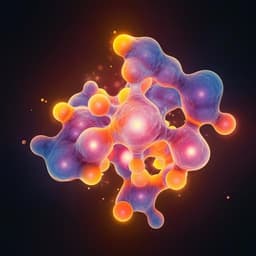
Engineering and Technology
Scalable super hygroscopic polymer films for sustainable moisture harvesting in arid environments
Y. Guo, W. Guan, et al.
Discover an innovative solution for water scarcity! Researchers Youhong Guo, Weixin Guan, Chuxin Lei, Hengyi Lu, Wen Shi, and Guihua Yu have developed super hygroscopic polymer films that efficiently harvest atmospheric water even in low humidity conditions. With the potential to yield up to 13.3 liters of water per kilogram daily, this sustainable technology could be a game-changer in combating the global water crisis.
Playback language: English
Related Publications
Explore these studies to deepen your understanding of the subject.







